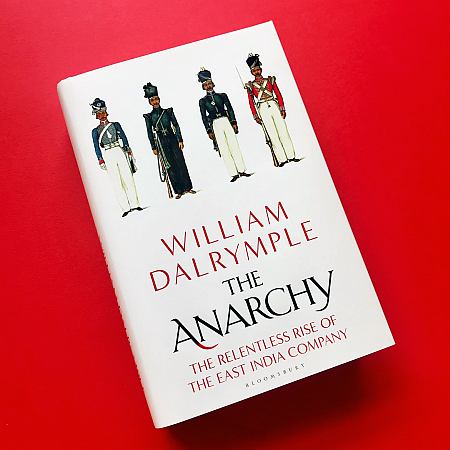


He hands a Qur’an to a white-bearded Sufi, a pious gesture that doubles as a majestic snub: pressed into a lower corner is none other than James I, an overlooked supplicant, depicted in three-quarter profile, “an angle reserved in Mughal miniatures for the minor characters”. A contemporary painting by the Mughal master miniaturist Bichitr shows a supersized Jahangir on his throne, bathed in a halo of blinding magnificence. But the arrival of the British in India in the early 1600s looked very different at the time – and from the other side. The penultimate scene travels to India in 1614, where the Mughal emperor Jahangir receives an ambassador from King James I, on a mission to promote trade with the newly chartered English East India Company.įrom the hindsight of the 1920s, this embassy looked like a key step in the building of a British imperium that would end with Britain’s monarchs as India’s emperors. A bout a century ago, a series of giant murals was unveiled in the Palace of Westminster depicting the “ Building of Britain”, which bounded in eight set-pieces from King Alfred’s long-ships beating back the Danes in 877 to bewigged parliamentarians presenting Queen Anne with the articles of Union in 1707.


 0 kommentar(er)
0 kommentar(er)
